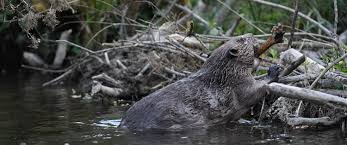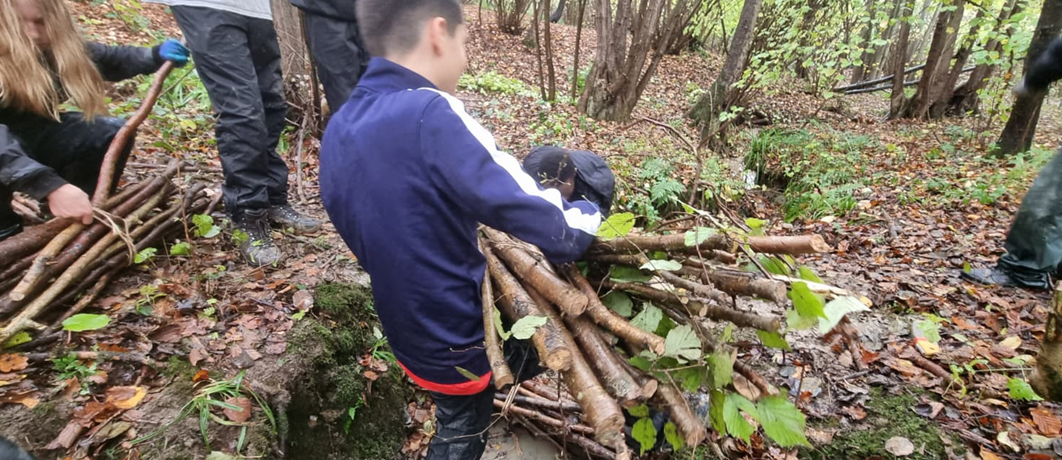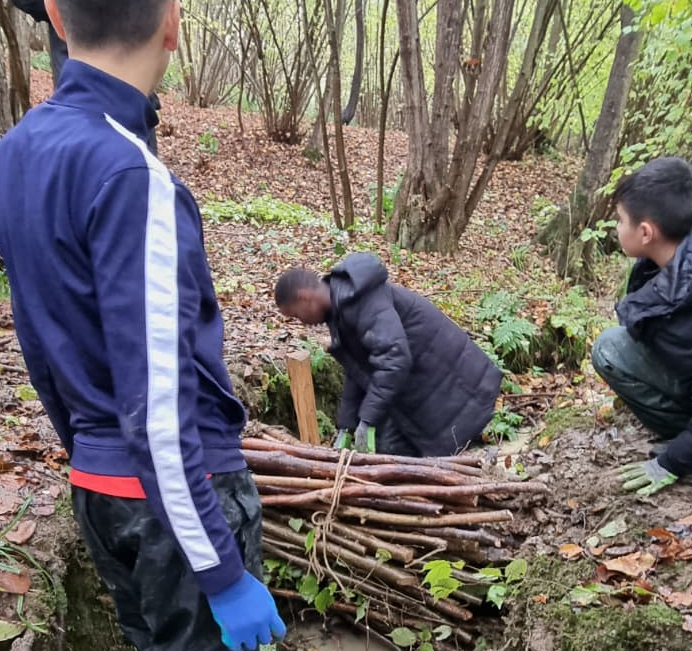Update on Eco-Club's Rewilding Project
Year 10 parent Jane, who has been instrumental in organising this project writes:
Last Friday, the Eco Club went on its second trip to Kent to continue with the rewilding project that began last month. This time, the club learnt all about the incredible Eurasian Beaver. This industrious species went extinct in the UK about 400 years ago. They were hunted to extinction for their meat, fur, and scent glands.

Often referred to as ‘ecosystem engineers’, beavers coppice trees, dam small water courses, and dig their own canals.

These changes create wetlands that benefit numerous species. The ponds and watercourses also act like sponges and slowly release water, reducing the risk of flash floods after storms and drought risks. What's more, the dams that beavers make act as giant sieves trapping sediment and pollution within them.
Not bad for a day's work!!
As no beavers are present on site, the boys had to act as proxy species - recreating what beavers would naturally do.



They cut branches from young coppiced trees and gathered up twigs found on the ground to create wooden bundles. To create a leaky 'beaver' dam, these bundles were placed into and across a stream which flows across the site. Six foot stakes were dug into the ground and placed on either side of the bundle to hold it in place. Clay was then packed in around the structure - just as a beaver would do!
The boys did such a fantastic job, and we can't wait to see all its beneficial effects on the land. And we’re overjoyed to know that wild beavers are now back in the UK!
The boys tucked into wild venison sausages cooked on an open fire and met the new resident, Tamworth pig Emily. Tamworths are an old breed, renowned for their hardiness. They have long legs and snouts, and a surprising ability to sprint for short distances as fast as a horse - very much like the wild boar.
Emily's rootling behaviour will create bare soil readily used by numerous plant seeds to germinate, by solitary bees, and as feeding spots for the endangered turtle dove.